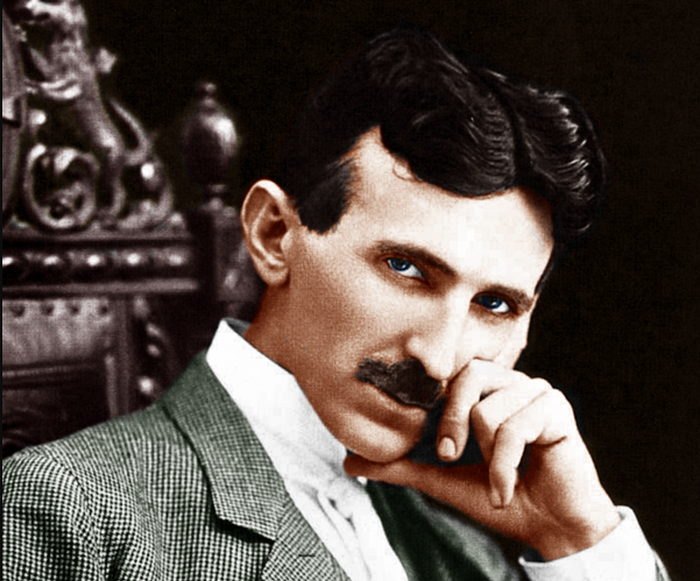Member-only story
The Tragic Life of Nikola Tesla Is a Reminder that Achievement Isn’t Everything

In his prime, Nikola Tesla was one of the most influential people in the world.
His main invention — the alternating current (A/C) motor — became the basis for the electric grid that powers the modern world.
His spectacular display of 160,000 lightbulbs (photo below) at the 1893 Columbian Exposition in Chicago was akin to magic to people who have never seen a single lightbulb, let alone 160,000, in one place.

Tesla rubbed shoulders with the likes of Thomas Edison (his main rival,) J.P. Morgan (his early investor) and Guglielmo Marconi (the guy who stole his radio technology.) He was, in every way, a successful man.
And yet, he died poor, depressed and abandoned. Nikola Tesla spent the final 10 years of his life living in a hotel room, because he spent every last penny he had chasing an impossible dream.
How does a prominent inventor and entrepreneur suddenly turn homeless? In short, obsession.
“You just don’t understand our American sense of humor”
In his youth, Nikola Tesla was a bit of a prodigy. He had an incredible visual memory and imagination — a trait he inherited from his mother. He would often imagine certain things with stunning detail and accuracy.
As he said in later life..
“Invariably my device works as I conceived that it should, and the experiment comes out exactly as I planned it.”
One of such imaginary experiments changed the course of Tesla’s life forever.
While taking a walk and observing the sunset, Tesla, who studied electrical engineering, suddenly visualized a machine: a motor that could generate an alternating current (A/C).
No such motor existed at the time. The small world of 19th century electricity relied on direct current (D/C,) which was impractical over long distances. If an A/C generator would exist, electricity could be delivered to homes hundreds of miles away from the power…








